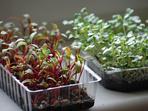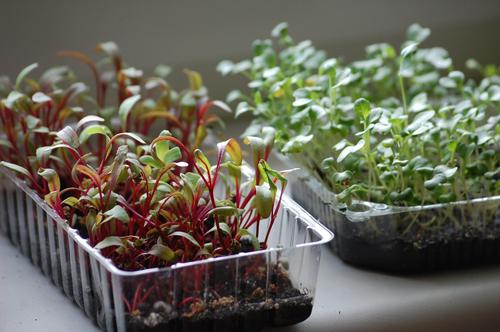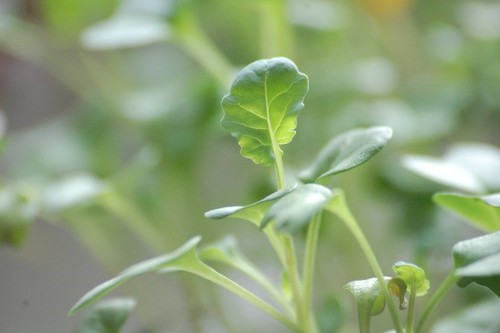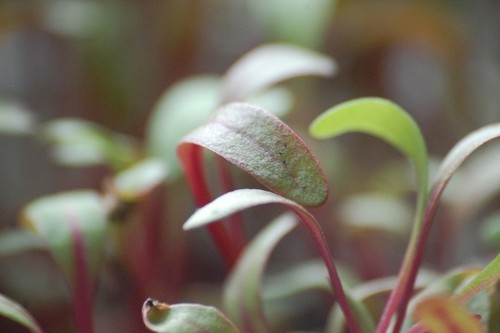Leafy greens – one of the 50 “future foods”
October 25, 2019
Leafy greens – one of the 50 “future foods”
World Wildlife Fund has just presented the 50 food types, called future food because of their immeasurable value for our nature, agrobiodiversity, and dietary diversity. According to the report, by 2050 the world population is predicted to increase to almost ten billion people and resources of nature is finite. It is well documented that global food system must be transformed – from the way we farm and fish to what we choose to eat. If we choose more nutritious food, less amounts would be needed and the consumption will be more sustainable. Large scale, practical solutions are essential to make the required changes. For this reason, WWF identified 50 foods we should eat more of because they are nutritious, have a lower impact on our planet than animal-based foods, can be affordable, accessible and taste good.
Leafy greens are one of the most versatile and nutritious of all types of vegetables. They are grown as part of other vegetables, such as beets and pumpkins, and as the leaves themselves. They contain dietary fiber, lots of vitamins and minerals, are low in calories, and have been widely recognized as one of the healthiest foods. Leafy greens are typically fast-growing and, eaten cooked or raw, are part of a wide variety of dishes all over the world.
Figure: 1. Leafy greens growing method on a windowsill.
Usually, leafy greens are quite resistant to diseases and pests, what leads to less amount of pesticides needed. Moreover, leafy greens need less space to grow, it can be easily grown on terraces, in balcony, or even on your windowsill. Growing it industrially, possibility to harvest at least 5 times per year increase the profit and makes leafy greens more popular for the agricultural bussinesses.
Figure 2: Leafy broccoli and beetroot.
The mostly recommended leafy greens are: beetroots, kale cabagge, broccoli, pumpkin leaves, spinach. Furthermore, in the list of the most nutritious foods falls seaweed, chickpeas sprouts, beans, buckwheat and many more nutritious and nature-conserving foods.




